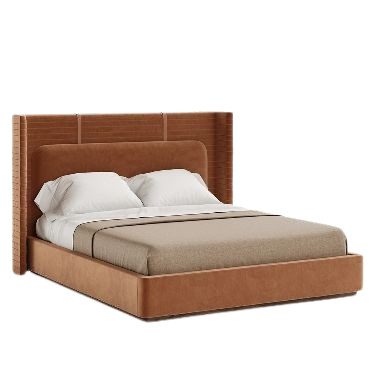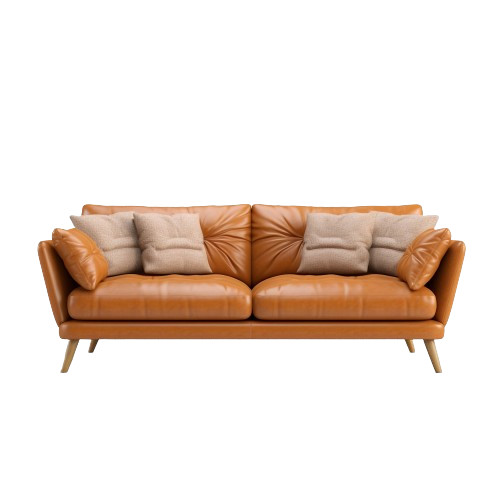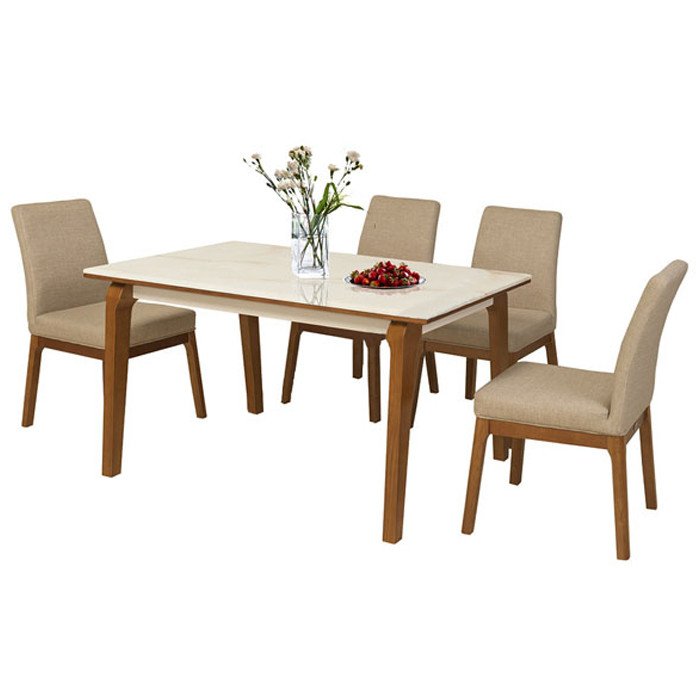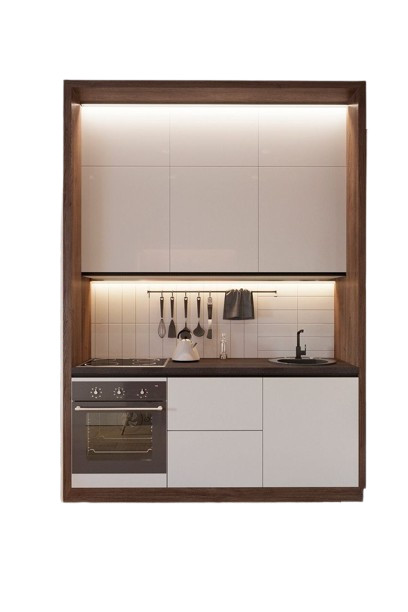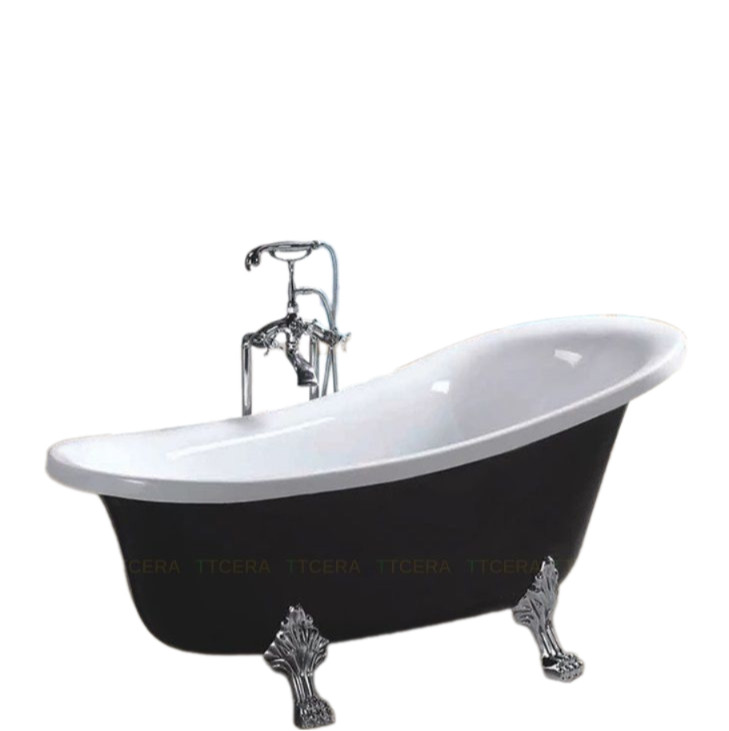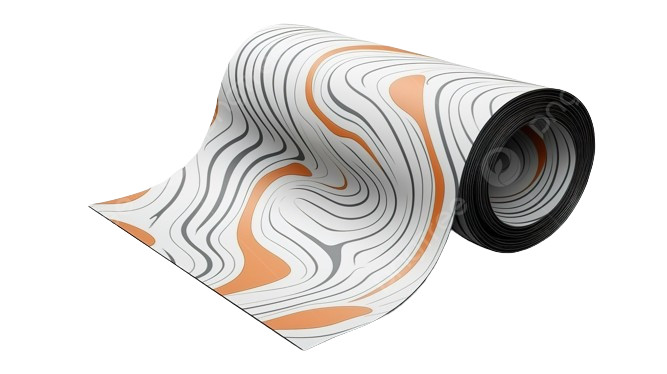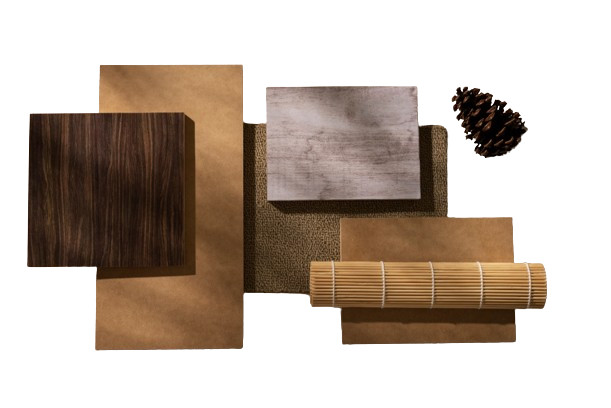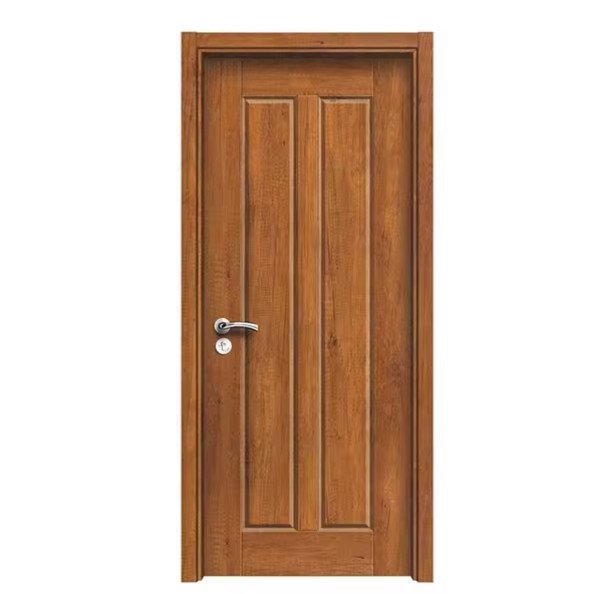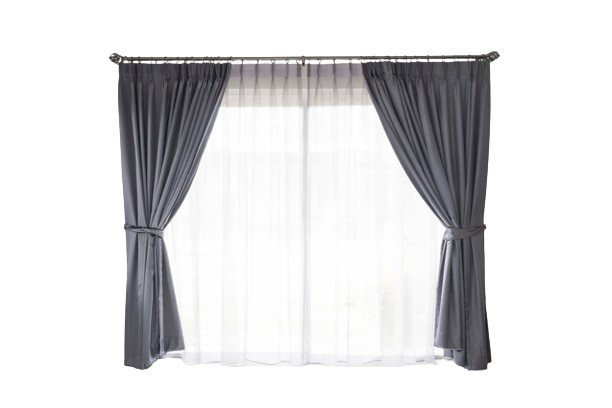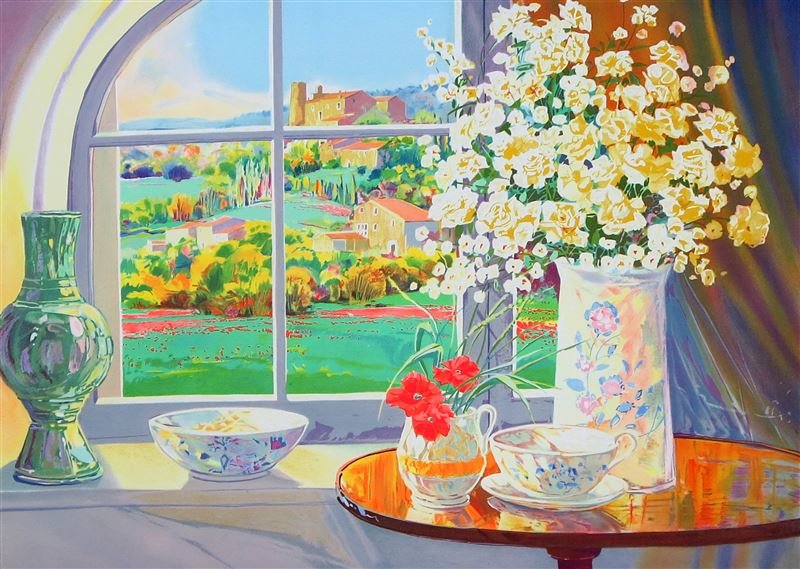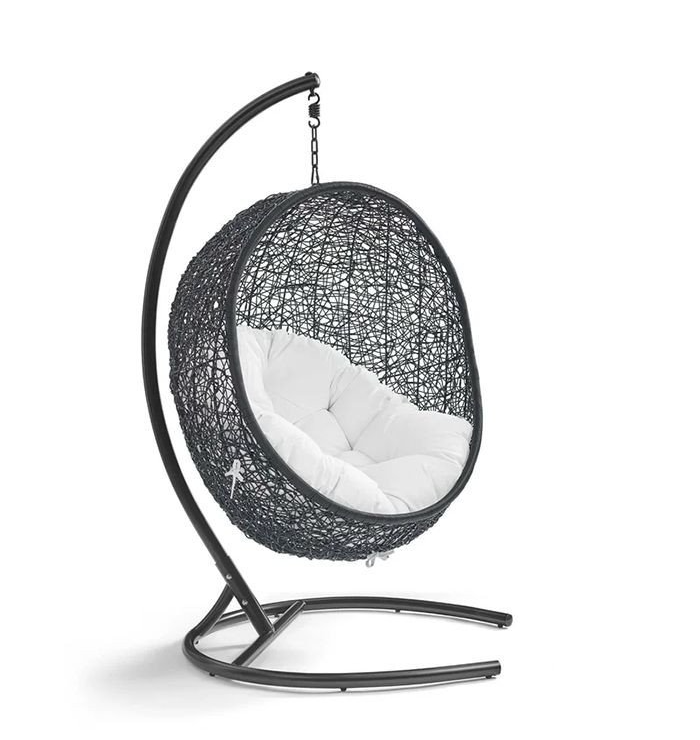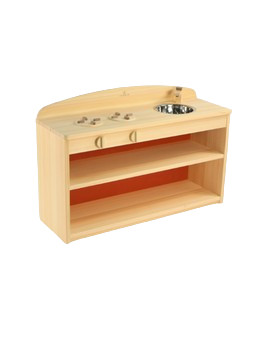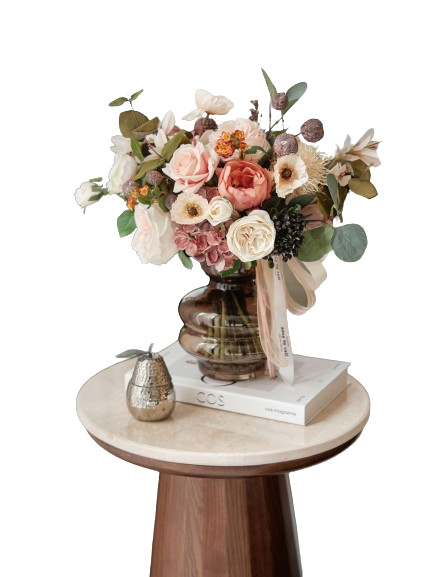THE ESSENTIAL LAW OF LAYOUT IN INTERIOR DESIGN
Despite its reputation for inventiveness, interior design has its own set of laws that must be observed. Balance, Emphasis, Rhythm, Proportion (Scale), and Unity are the rules of that interior design (Unity). Join the Adorn Museum to have access to this vital information and learn more about the most comprehensive interior design drawings!
1. The Law of Equilibrium (Balance)
The law of balance in interior design refers to the symmetry and balance of the parts that comprise the space, such as the balance of height, width, and furniture arrangement, etc. (may be in the layout of the furniture, wall art, or other components of an interior environment). In interior design, there are three types of balance: symmetrical balance, asymmetrical balance, and center symmetry.

- When a room is divided into two equal pieces, it is said to be symmetrical. This design has a tidy, artistic vibe about it. If you desire an organized, predictable space, use symmetry.
- Asymmetrical balance occurs when one side of the room differs from the furniture or architecture but gives the sense of equal weight, resulting in a balanced space between two objects. The asymmetrical balance provides attention to the interior area.
- A design with radial symmetry has a core point from which it radiates in a spiral. Radial symmetry is frequently utilized to construct steps in large rooms with high ceilings... but it may also be achieved with circular carpets, curved sofas, and curved furniture.
2. Emphasis on law

 Every room should have one or more accents. The focal point is the visual attraction of the room, all other interior design (color, texture, size, and placement of objects) visually directs that point. The emphasis is created by the logical arrangement of the elements. Or place them in a noticeable position by using contrast, that is, making them stand out with features such as color, shape, and proportion.
Every room should have one or more accents. The focal point is the visual attraction of the room, all other interior design (color, texture, size, and placement of objects) visually directs that point. The emphasis is created by the logical arrangement of the elements. Or place them in a noticeable position by using contrast, that is, making them stand out with features such as color, shape, and proportion.
3. The Law of Rhythm 
Interior design rhythm usually follows a repeating layout. In a room, rhythm frequently provides a smooth, continuous flow of vision. There are three techniques to produce rhythm: repetition, sequence, and continuity. Interior designers frequently incorporate various types of rhythm in their compositions.

- The rhythm of repeated items: The repetition of objects creates rhythm, which can be seen in colors or furnishings.
- Rhythm derived from Continuity: Rhythm is a method of continuously guiding the eye from one location to another. The rhythm is established by smooth transitions in architectural elements such as arches, room moldings, and shelving...
- Rhythm from an object sequence: The sequence here is thought to shift in shape from large to small or vice versa.
4. Law of size and proportion


The law of symmetry is the relationship between shape and size to produce a balance between height, width, depth, and surrounding space. A tiny room, for example, cannot fit a large bed, and vice versa. Although symmetry and proportion are relative, care should be given to interior decoration to avoid roughness and departure.
5. Law of Unity (Law of Harmony)


Each piece complements the room's consistent style. A connection between elements in an appearance is created through homogeneity or harmony. Interior harmony is founded on a shared set of elements (shape, color, arrangement, materials, style...). The inside of the space follows a continuous circuit; nothing deviates from or surpasses the standard proportions, and everything in the room has the same color tone. When decorating the interior in a harmonic manner, this is the direction to go. If you like a harmonious style, try selecting the main interior object first, followed by another object from this object that is comparable in nature to it.
ADORN MUSEUM
Location: O-1, TM.01, 1st Floor, Orchid 1 Tower, Hado Centrosa Garden No.200 3/2 Street, Ward 12, District 10, Ho Chi Minh City, Viet Nam.
Hotline: (+84) 28 3930 3428
E-mail: support@adornmuseum.com
Operation time:
8:30 - 17:30, Monday - Friday & 8:30 - 12:00, Saturday

